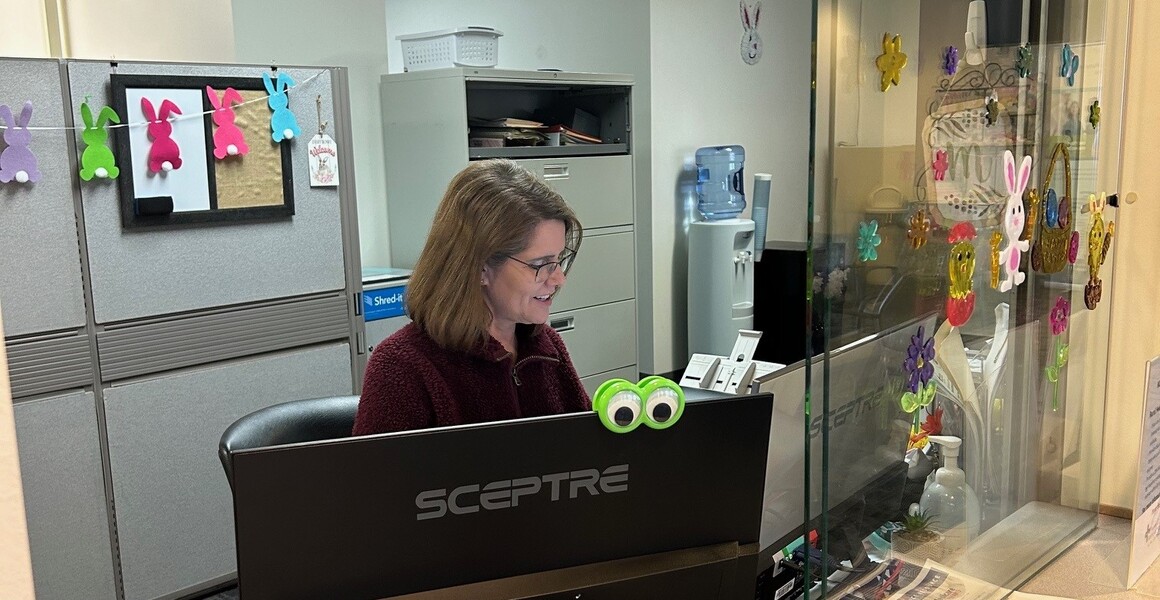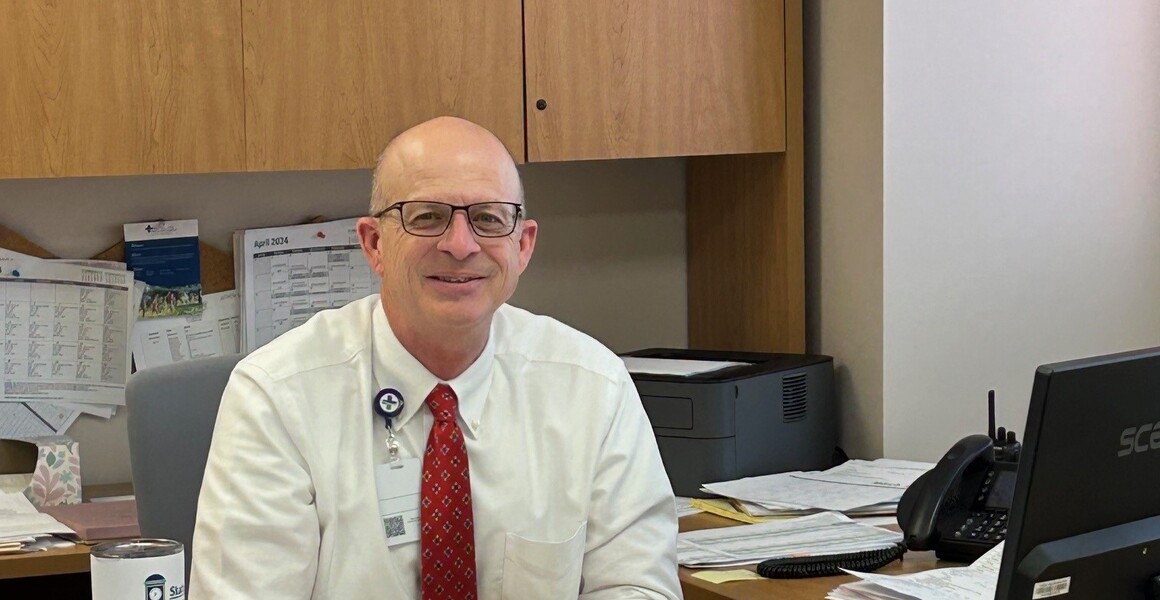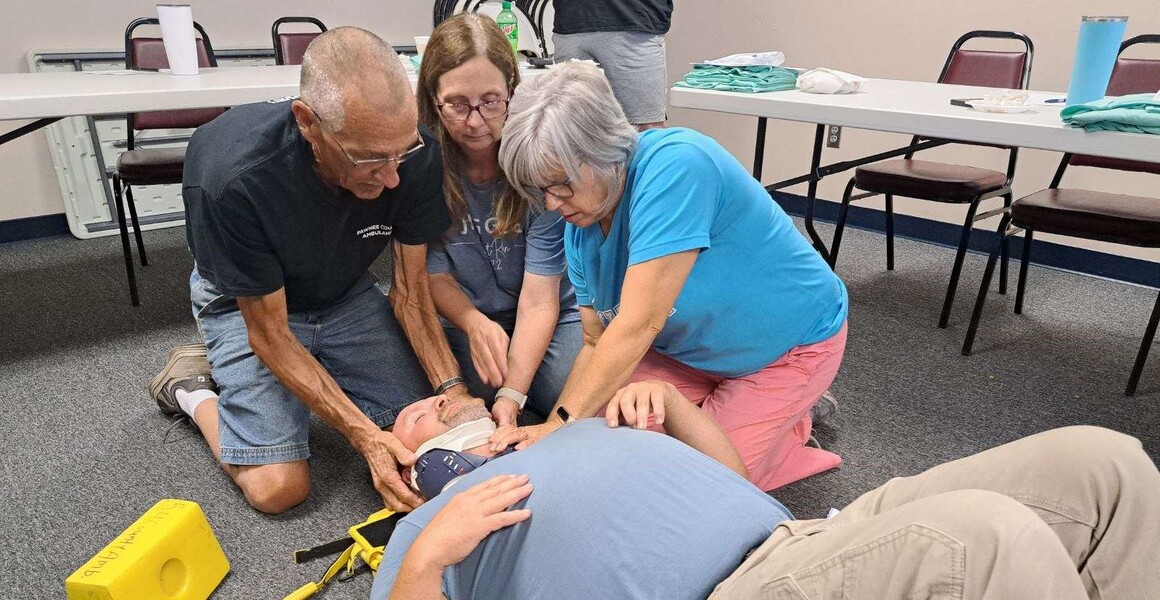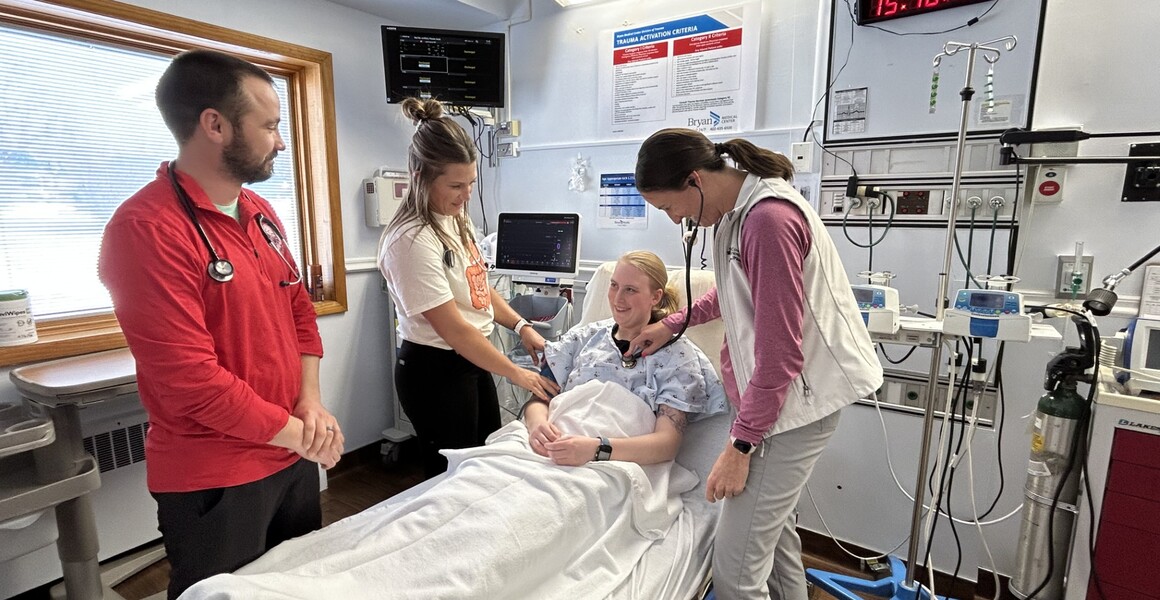Nonalcoholic fatty liver disease
By Dr. Kent Niss
This week we’ll discuss a very common topic of nonalcoholic fatty liver disease (NAFLD). You may hear this as a variety of different terms some of which mean the same thing and some of which describe progression or adverse effects that coincide with nonalcoholic fatty liver disease. The variety of terms may be any of the following: fatty infiltration of the liver, steatosis, NASH (nonalcoholic steatohepatitis), metabolic dysfunction associated with steatotic liver disease (MASLD) or metabolic dysfunction associated steatohepatitis (MASH). The most recognized and appropriate terminology today is MASLD or MASH, however for simplicity today I will call it fatty liver disease.
Fatty liver disease is very common. In the United States approximately 30% of adults are diagnosed with fatty liver disease. Fatty liver disease occurs due to excess fat being stored in the liver. Therefore, risk factors and causes of this are being overweight or obese, excessive fat intake without adequate exercise, diabetes, hyperlipidemia and hypertension. Most people do not experience any symptoms of fatty liver disease, especially prior to diagnosis or significant progression of the disease. Most often this is diagnosed by seeing abnormalities and your liver function tests (which are obtained at routine office visits as well as screening lab work) or on an ultrasound of your abdomen. Definitive diagnosis is done with ultrasound, from which fatty infiltration can be seen easily. In some cases, a liver biopsy is performed to determine the extent of that fatty infiltration or if there are any secondary abnormalities that are occurring.
Why do we worry about fatty liver disease? Fatty liver disease as described before is caused by excessive fat deposition within the cells of the liver. This then leads to those cells in the liver not having the same ability to function as they should as well as causing some local inflammation. This local inflammation then leads to increased dysfunction of the liver as well as potential for scarring. Scarring of the liver is otherwise known as cirrhosis. The liver is a very amazing organ and when there is small injuries or inflammation to the liver it actually can heal itself if given the opportunity however once there is scarring of the liver it is unable to repair itself and this damage is then irreversible. Therefore, it is ideal to diagnosed fatty liver disease before this scarring develops so that we can begin intervention steps to avoid progression of the disease. The only treatment for significant scarring of the liver is a liver transplant.
Treatment of fatty liver disease is fairly straightforward however not exactly simple. The treatment of fatty liver disease is losing weight, decreasing the amounts of starchy foods and particular fats that you have in your diet as well as avoiding alcohol. There are a few potential medication treatments for fatty liver disease, however none of these have shown significant benefit and all of them certainly have some side effects and risks that must be weighed when discussing these treatment options. When discussing weight loss for treatment of fatty liver disease we usually use a range of losing 5-10% of your current body weight. Studies have shown that with this degree of weight loss fatty liver disease can start to be reversed and your liver function and appearance can be completely normalized. Now having said that the weight will need to then remain off rather than adding it back on as the potential for new fatty deposits within the liver could occur then. However, weight loss of this degree is the # 1 treatment for fatty liver disease and the only treatment that has profound benefits. One of the ways of losing weight is managing your diet differently. Knowing that this disease process is caused by fat deposition within the liver we want to change your diet to limit that from happening. In general, that occurs by decreasing the amount of starchy foods that you are eating as well as decreasing the amount of saturated fats that you eat. High starch containing foods are those such as potatoes, rice, white breads, and pastas. Some of these foods can be swapped for whole grain options of the same foods which have much more benefit as they contain a significant amount of fiber compared to their processed alternatives. Saturated fats are fats that are mostly solid at room temperature, and these are the fats that we would like to limit to help manage our fatty liver disease. Consequently, decreasing the amount of saturated fats in your diet will also have profound benefits on your cardiac health and cholesterol management. Saturated fats most often can be found in meats, butter, and dairy products. This does not necessarily mean that these need to be eliminated, however moderation and wise choices need to be made. An example of this would be instead of eating beef and pork for your main meats having these once or potentially twice per week and alternating with poultry, fish or even using things such as beans and nuts as your protein source for your diet. Increasing the amount of vegetables is also very important. Something that has also been known for quite some time however has lost some conversation is eliminating trans fats from your diet. All of these modifications can be made fairly simply however it does take some effort. The simplest way of approaching this is by reading your nutritional labels much more closely. By doing this you can choose healthier alternatives. Regular and routine exercise is also very important. Engaging in 150 minutes of exercise throughout the week is a goal to set for adding significant health benefits.
It is very easy to talk about these changes in your diet, it is a whole other thing to develop a plan and act on that plan. One reference tool that I do think is beneficial and provides examples of diet changes is the Baylor College of Medicine fatty liver disease guide. This guide can be found on the internet easily and gives some great examples. This is a subject that should be taken seriously and by making changes to manage fatty liver disease we can also have some significantly positive benefits on the rest of our health and risk for cardiovascular disease. If you have further questions, please stop in and talk with your primary care provider or set up an appointment with one of us down at the clinic.










